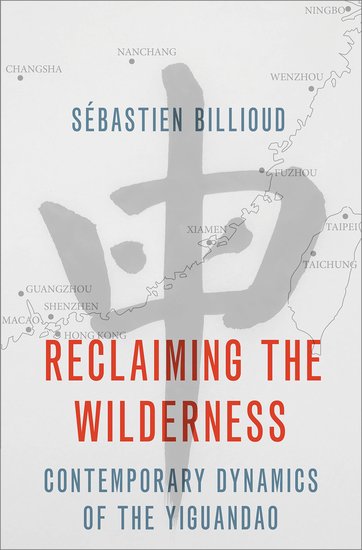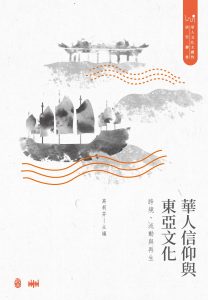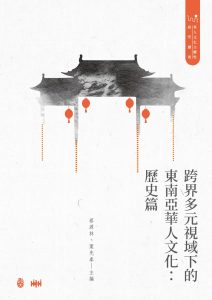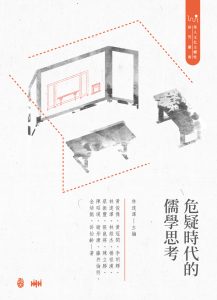作者:Sébastien Billioud (畢遊塞)
出版日期:2020 August
出版社:Oxford University Press
簡介
一貫道(無處不在的合一之道),此項具綜攝性與千禧年主義特質的宗教運動,是民國時期其中一個主要的「救世團體」。該派在1930年代到1940年代之間發展十分迅速,且吸引了百萬之眾的跟隨者。在中華人民共和國建立以後,一貫道遭到嚴厲打壓,但是卻成功在其他地方繼續生存並重新部屬,尤以台灣為甚。如今,它已成為亞洲規模最大且最有影響力的宗教運動之一,同時也是其中一個鮮為人知悉、乏人瞭解的宗教運動。從其最為強大的基地台灣,一貫道已然拓展至世界各地,包括官方仍然予以禁止的中國大陸在內。《天道開荒》一書立基於持續十餘年之久的民族誌研究工作,提出香港一貫道社群作為台灣、澳門、中國、其他地方之間流通中樞角色的深入研究。畢遊塞探討該團體擴張動能的因素:生存適應與鞏固信仰的方法;卡里斯馬領袖的重要性;儒學的角色,使得一貫道與中國當權者之間的張力能夠緩解,有時甚至可以與之合作;最後則是一貫道結構完整的擴張策略及其駛過海峽兩岸政治驚濤駭浪的準外交努力。
目錄
謝辭
導論
第一部分 – 其信仰傳教適應的關係與鞏固信仰的議題
- 傳教適應的產出
- 確認個別人士的信仰
第二部分 – 卡里斯馬與常規化
- 一貫道內部的卡理斯馬產出
- 卡理斯馬與「超凡者的常規化」:建構領袖以開荒
第三部分 – 消解張力
- 儒學作為消解社會與政治環境張力的角色
- 一貫道在香港與中國大陸的儒學相關推展
第四部分 – 組織與策略
- 結構與組織傳教的努力
- 精心策劃的策略政治與海峽兩岸關係思考
後記
參考書目
索引
Acknowledgments
Introduction
PART I – The Relationship of Missionary-Adepts to their Faith and the Issue of Faith Confirmation
1. The Production of Missionary-Adepts
2. Confirming One’s Faith
PART II – Charisma and Routinization
3. Production of Charisma Within the Yiguandao
4. Charisma and “Routinization of the Extraordinary”: Structuring Leadership to Open the Wilderness
PART III – Defusing Tension
5. The Role of Confucianism to Defuse Tension With the Social and Political Environment.
6. Yiguandao’s Promotion of Confucianism-Related Activities in Hong Kong and Mainland China.
PART IV – Organization and Strategy
7. Structuring and Organizing the Missionary Effort
8. A Well-Orchestrated Strategy Taking Politics and Cross-Straits Relations Into Account
Epilogue
Bibliography
Index
畢遊塞係巴黎大學教授以及法國東亞研究中心成員,其跨學科研究探討了現代與當代的儒家命運。他著有《透過儒家現代性思考:牟宗三道德形上學研究》、《智者與人民:中國的儒家復興》,以及其他作品。
Sébastien Billioud is Professor of Chinese Studies at Université de Paris and a member of the French Research Institute on East Asia (IFRAE). His cross-disciplinary research explores the modern and contemporary fates of Confucianism. He is the author of Thinking Through Confucian Modernity, A Study of Mou Zongsan’s Moral Metaphysics, The Sage and the People, The Confucian Revival in China, and other works.
All Right Reserved to the Author and Sources





